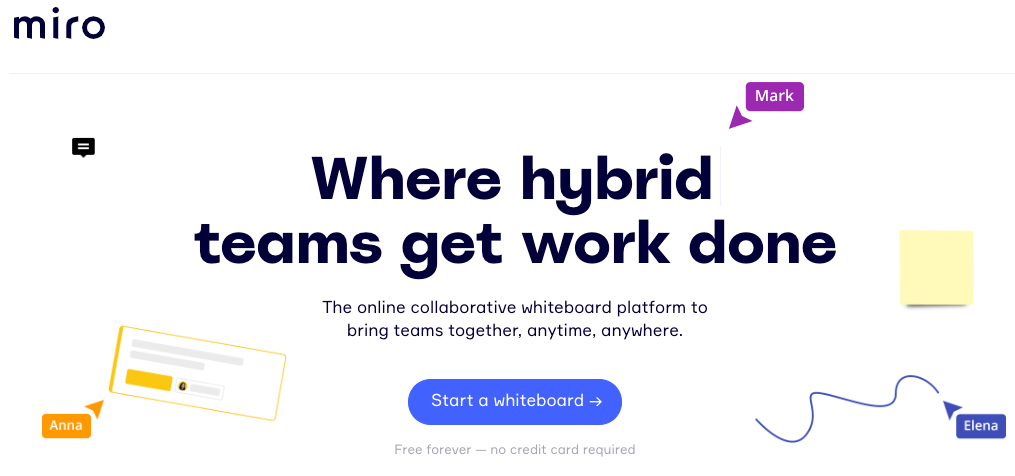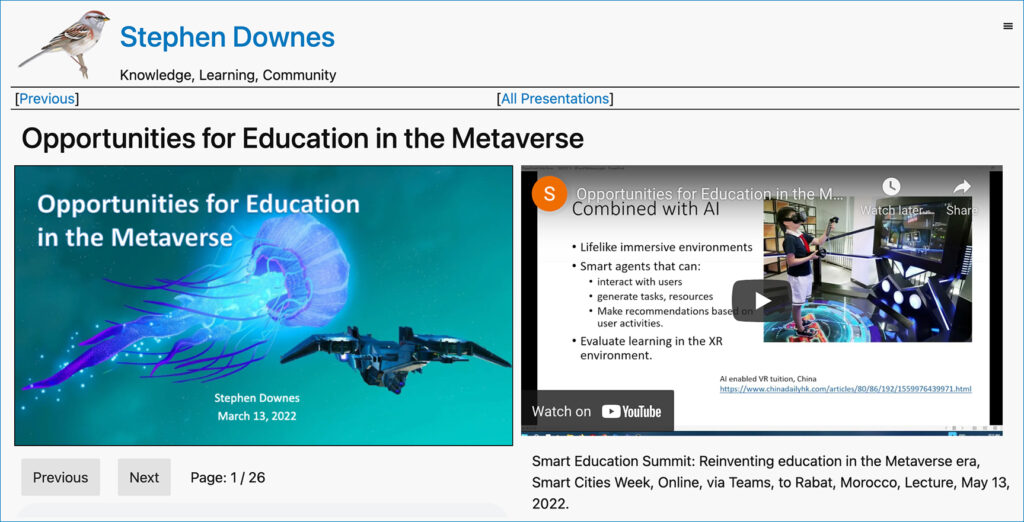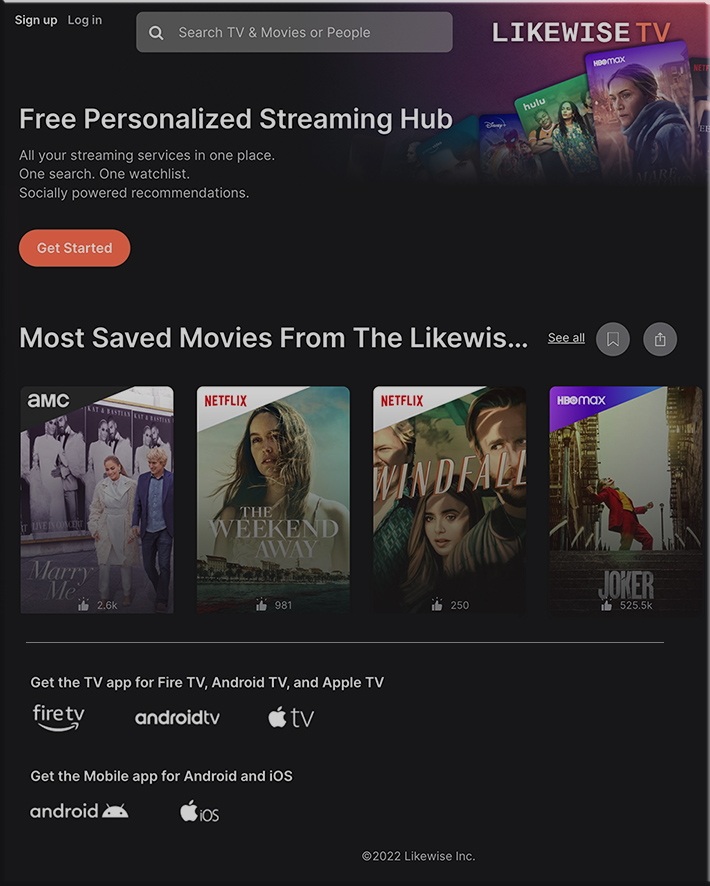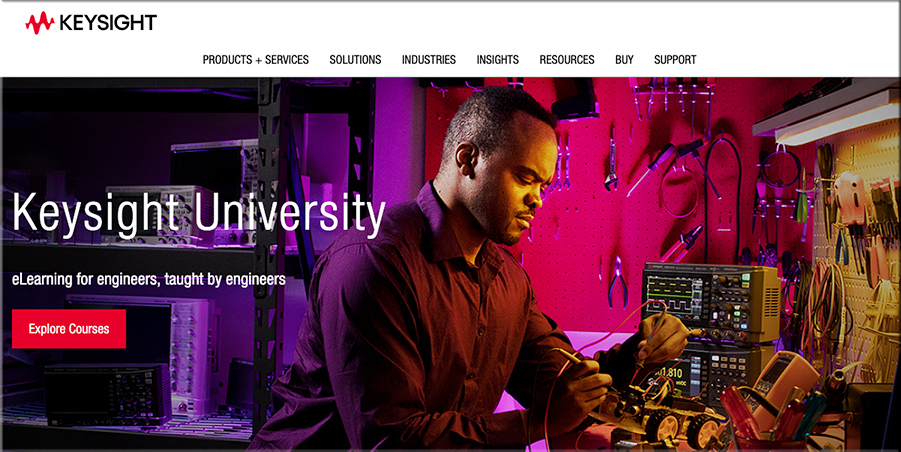Also see:
100 Universities established an OPM, Bootcamp or Pathways partnership in Q1 2022 — from holoniq.com
Bootcamps are directing more resources B2B and B2G, OPMs are growing existing partnerships further and evolving their technology and healthcare programs.
Excerpt:
Higher Education, like the broader economy, is awkwardly emerging from an almost exclusively digital, isolated and stimulus fuelled environment into… well it’s not clear yet. University Partnerships continued to be established at pace through Q1 2022, albeit at a much slower rate than through 2021.
Also relevant/see:
College contracts with OPMs need better oversight, watchdog says — from highereddive.com by Natalie Schwartz
Excerpt from Dive Brief:
- The U.S. Department of Education should strengthen oversight of colleges’ relationships with companies that help them launch and build online programs, according to a new report from the U.S. Government Accountability Office, an auditing agency for Congress.
Addendum on 5/11/22:
- 2021 Global Learning Landscape — from globallearninglandscape.org
Coursera launches skills training academy for colleges and companies — from highereddive.com by Natalie Schwartz
Experts say the move could help the company strengthen its focus on selling courses to colleges rather than consumers.
Excerpts:
Coursera, like other popular MOOC platforms, has made its name by bringing online classes to the masses. But lately, the company has been expanding efforts to provide these offerings to colleges and employers rather than solely to consumers.
The company doubled down on that strategy Wednesday, when it announced the launch of a career training academy that enables users to earn entry-level certificates from companies like Meta and IBM in fields such as data analytics, social media marketing and user experience design. Institutions — including colleges, businesses and government organizations — can sign up to make the platform available to their students or employees.
The move signals a shift in strategy for the company. While Coursera is still focused on delivering courses directly to consumers, it’s also been building out its offerings to colleges and employers. This business segment includes Coursera for Campus, which allows colleges to use the platform’s content in their classes.
From DSC:
For those who think MOOCs have come and gone:
Coursera has been using academic content created by universities for years to build its audience, amassing some 97 million users by the end of last year, according to its latest earnings report.
Addendum on 5/11/22:
- Colleges Are Losing Students. Is That A Growth Opportunity For Coursera? — from edsurge.com by Daniel Mollenkamp
You Can Now Ask Google to Remove Personal Info From Searches — from lifewire.com by Rob Rich
But that won’t remove the information at its source
Excerpt:
Google is taking a more active role in stopping the spread of sensitive and personal information by allowing you to request its removal from searches.
The new policy applies to what Google refers to as personally identifiable information (PII), such as details that could be used for identity theft or more direct harm. Info like bank account or credit card numbers, medical records, personal contact details, social security numbers, and so on. Whether or not it acts on these requests is discretionary, however.
Also relevant/see:
- Mental Health Apps Found to Have Bad User Protections — from lifewire.com by Cesar Cadenas
According to Mozilla’s ‘Privacy Not Included’ report
















